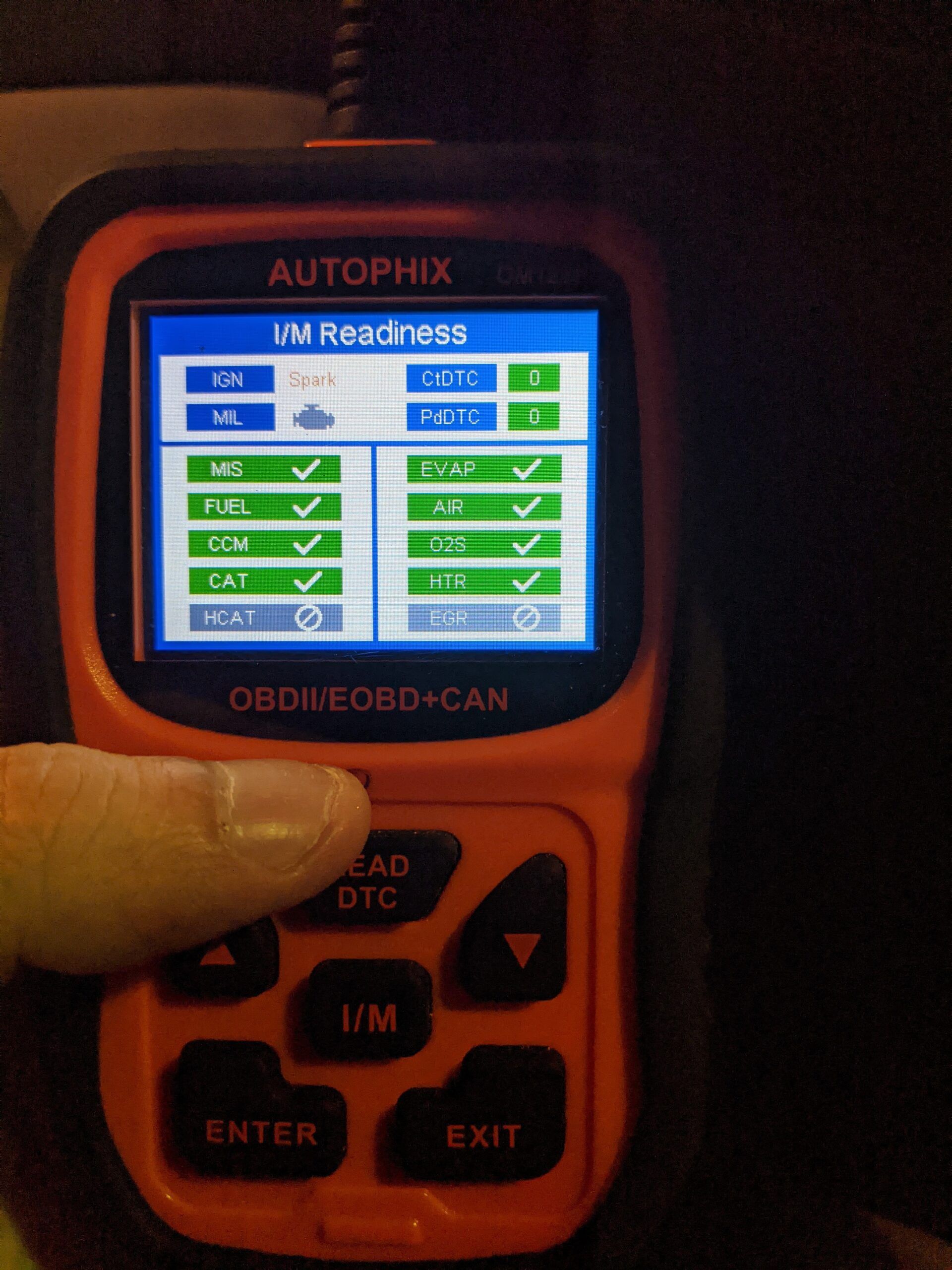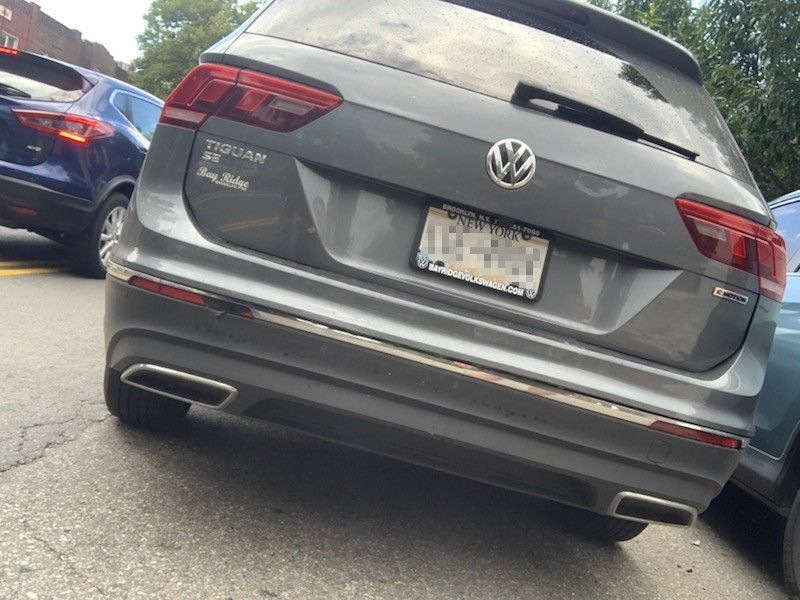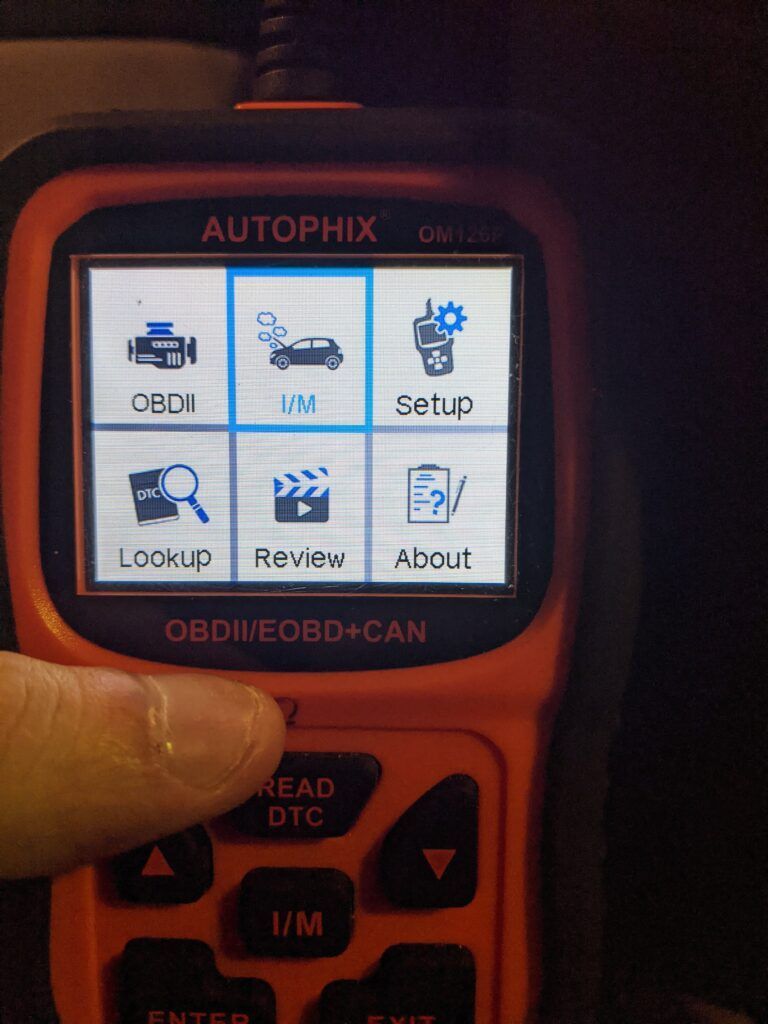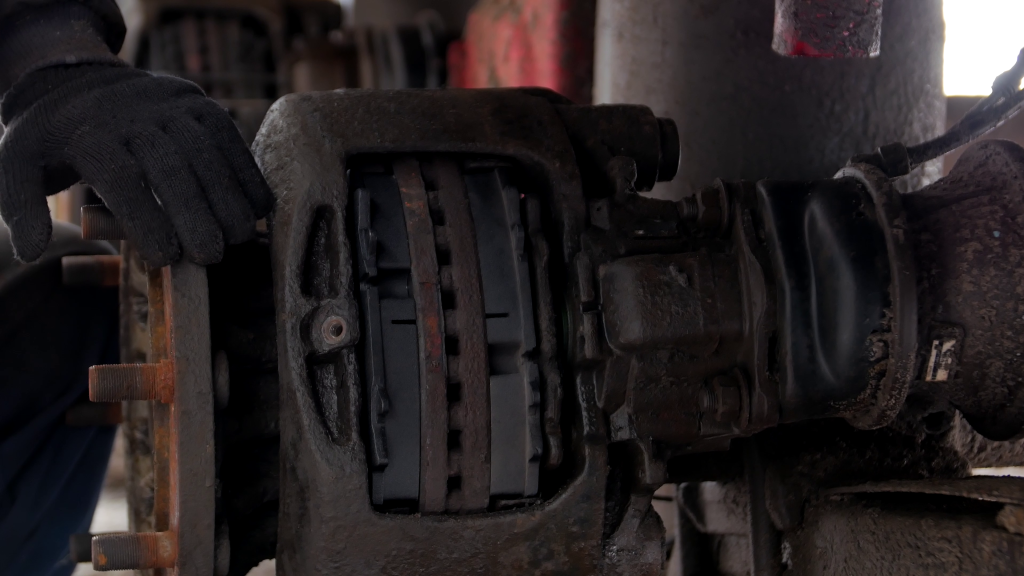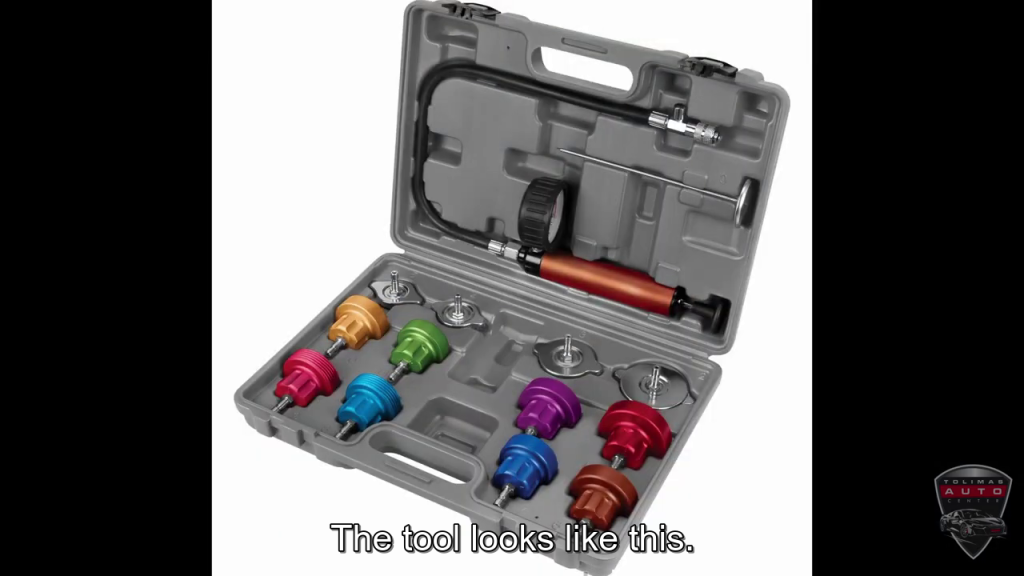Every year New Yorkers have to get their vehicles ready for their New York State Inspection. The cost of the yearly inspection is $37.00 pass or fail. If you fail your inspection you get ONE 10-day extension to remedy the problem that caused your car to fail its yearly New York State Inspection. That puts a lot of people out $37.00 and then in a hurry to get whatever is wrong repaired and try again before the 10 day extension expires. In this blog post we will give a few tips in order for you to go in confident you’ll pass your inspection.
The two parts to an inspection
There is a safety inspection and a emissions inspection. The safety inspection involves checking tires, brakes, suspension, glass, and the general body of the car to certify that all the safety equipment works as it should and your car is roadworthy for another year. That is pretty self explanatory. Don’t have broken or cracked glass anywhere. Make sure your brakes aren’t dangerously low or your suspension is collapsed. Other things like your lights and horn all work. Make sure your car isn’t leaking like the Exxon Valdez and your tires aren’t worn down to the cords. The other part of your inspection is emissions.
There is the idea that if you have a check engine light, you cannot pass inspection. That is because most check engine codes directly affect your car’s emissions. Emissions inspections are done through the O n B oard D iagnostics port under your dash board. Your car’s computer is connected to a computer belonging to the New York State DMV and it checks your car for specific faults. The computer is usually looking at catalyst efficiency, evaporative emissions system, oxygen sensors. These are all related to your vehicles emissions system and your car’s computer routinely checks itself to make sure all systems are working as intended. If any of these systems is not working as intended you’ll get the dreaded check engine light.
As many New Yorkers know your car will absolutely fail and inspection with a check engine light. So you take it to a shop or fix it yourself and reset the check engine light, then you are ready for inspection? Unfortunately, that is not the case. Once your fix the emissions related problem and reset the check engine light, you need to perform a full drive cycle before your car is ready for inspection.
What is a drive cycle to get your car ready for inspection?
A drive cycle is necessary when you reset a check engine light and your emissions monitors reset. Then your car has to be driven to give your car’s computer field data. Every car is different but generally to get your car ready for inspection there are some rules to follow. First you can’t have too much gasoline in the tank or too little. Your gas tank needs to be below the 3/4 mark but above the 1/4 mark for your car to appropriately test your EVAP system. Then you need to do varied driving in city and on the highway without exceeding 60 miles per hour. Within 20-40 miles of this type of driving your car should be ready for inspection. There is no easy way of knowing when your car is ready for inspection unless you have a scanner that can check Emission Readiness data.
Why you should own a code scanner if you drive in New York State
With a simple code scanner you can check to see if the if your car is ready for the emissions portion of your yearly New York State Inspection. That way there will be no surprises when your car is connected to the DMV computers to check for emissions compliance. A cheap simple scanner we can recommend is the Autophix OBD2 scanner. Simply find your OBD2 port under your dashboard and connect the scanner. With the press of a single button you’ll know if you car is ready to pass inspection or if you need to drive it more to get all the emissions monitors ready. Since you have to pay $37 pass or fail for your yearly inspection owning a simple scanner like this one is a cheap investment. Also you can check your own codes for when you get a check engine light. This tool is handy for checking the health of your car, resetting a check engine light, and helps you know with confidence if your car is ready to pass inspection.

